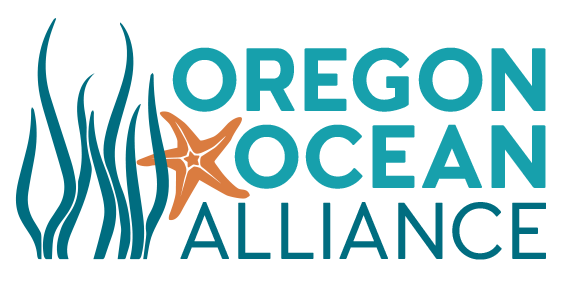Kelp forests and eelgrass meadows are among the most productive marine habitats on earth because they sequester significant amounts of carbon and provide food and shelter for a wide diversity of marine life. In fact, these complex habitats are the backbone of entire marine food webs and ecosystems and play a critical role in the life cycles of many marine species including fish, shellfish, invertebrates, marine mammals, and birds.
Both kelp forests and eelgrass meadows also provide a number of climate resilience benefits that strengthen coastal communities in the face of changing ocean conditions. By sequestering carbon dioxide, these plants help combat emissions. Kelp and eelgrass also locally buffer ocean acidification during photosynthesis, which protects sensitive shell-building species. The physical structure of these marine forests and meadows also dampen storm surges and reduce coastal erosion.
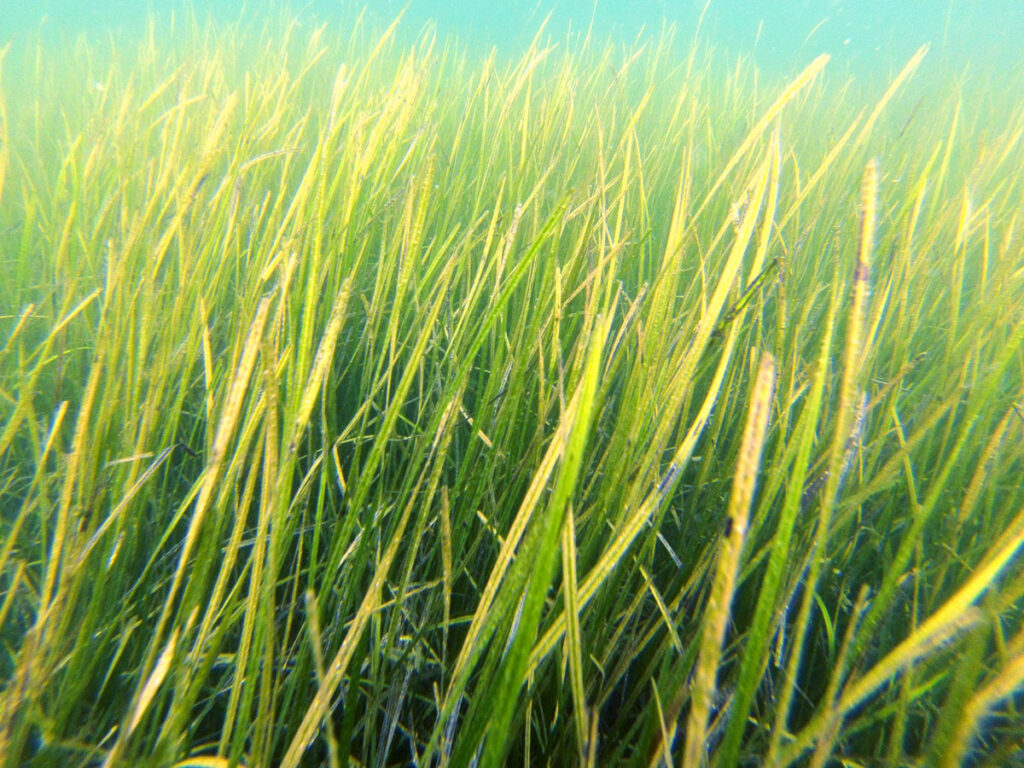
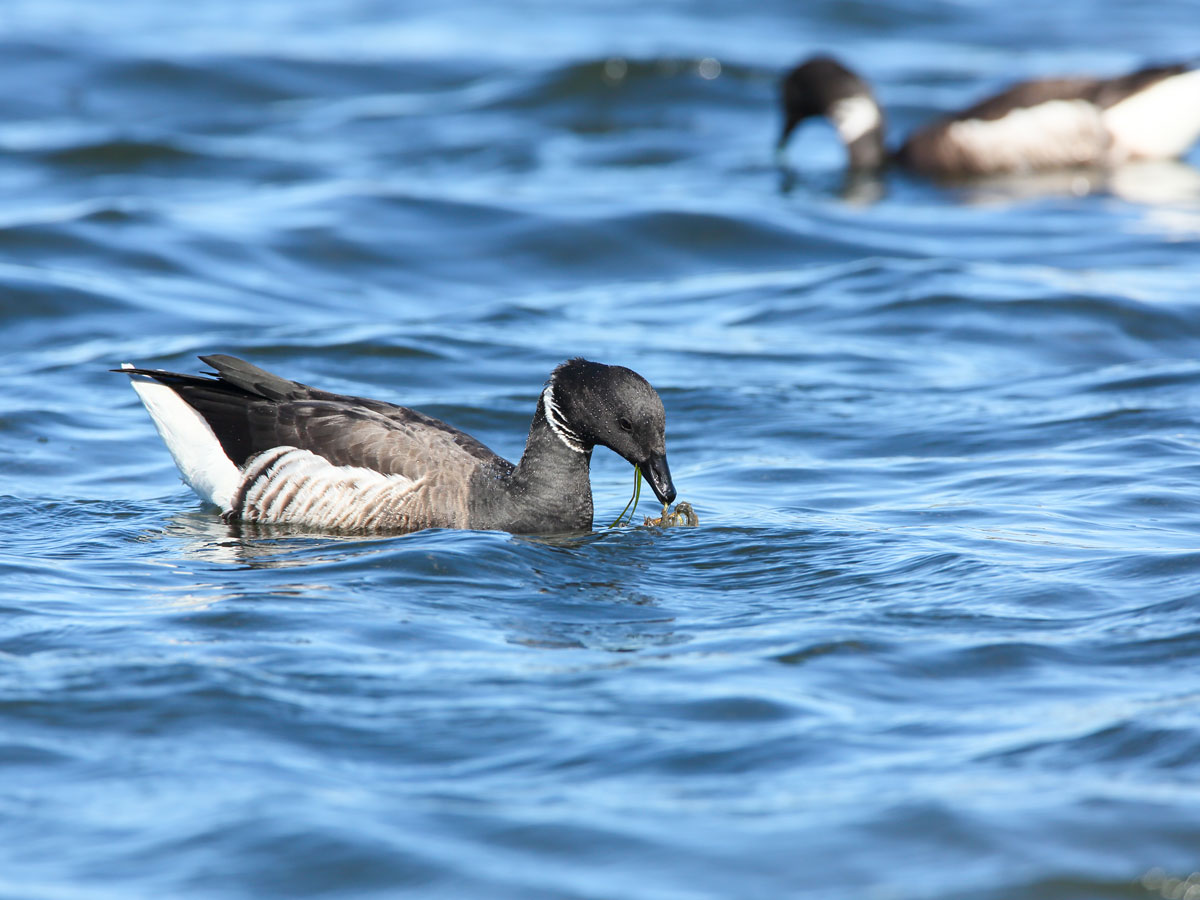
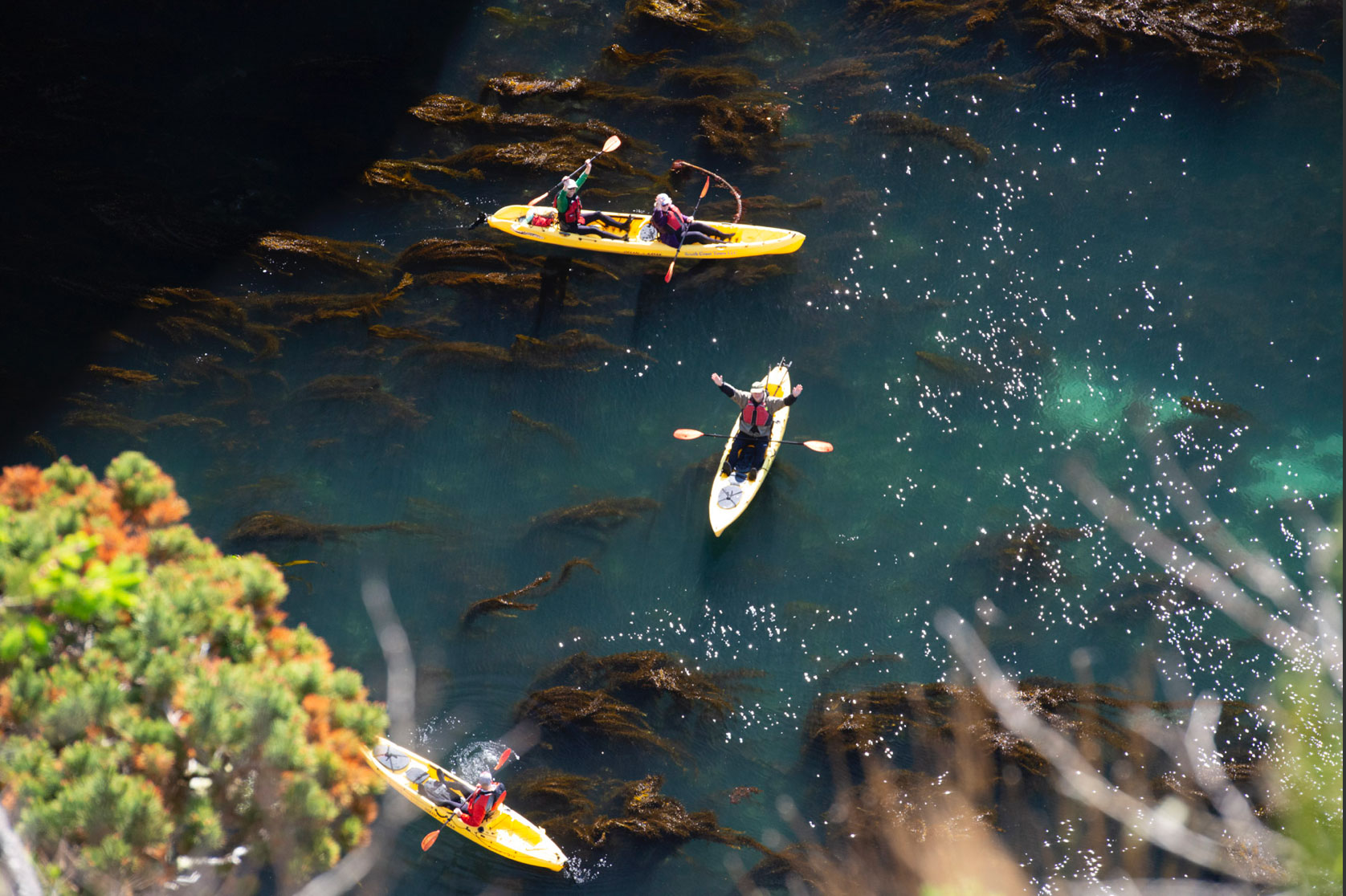
Kelp and eelgrass also support thriving coastal economies by bolstering tourism, recreation, fisheries, and natural resource jobs, all of which rely on functioning marine ecosystems and abundant fish populations.They also improve water quality by absorbing excess nutrients and pollutants, thereby improving the health of marine life. In fact, a recent study in the Puget Sound found that eelgrass habitats reduce the presence of foodborne bacteria in seafood.
Unfortunately, these critical ecosystems are threatened in Oregon waters for a variety of reasons:
Kelp forests are in decline on Oregon’s coasts due to an ecosystem imbalance and climate change. Marine heat waves experienced over the last decade have led to the rapid spread of seastar wasting disease and wiped out the top predator of the purple urchin: Sunflower sea stars. As a result, purple urchins have boomed in population and over-grazed our kelp forests. Because of this imbalance, approximately ⅔ of kelp forests have disappeared in the last decade (report coming soon).
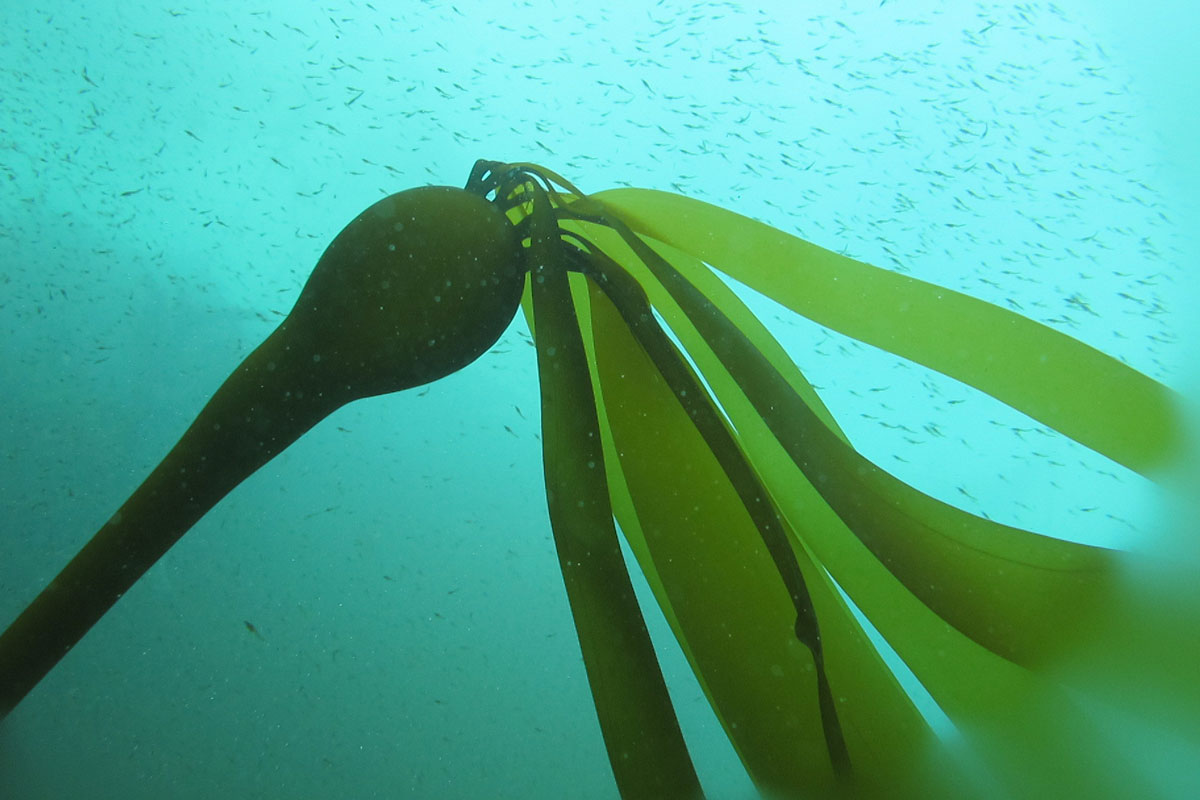
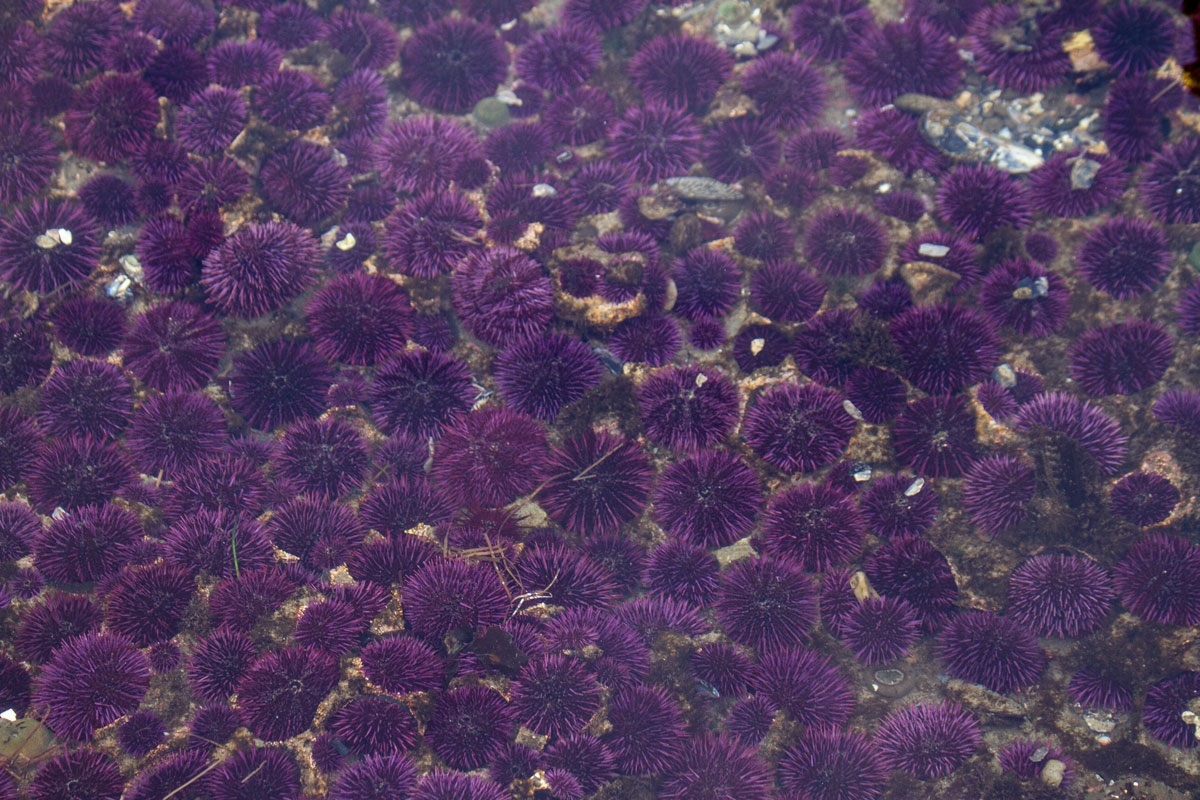
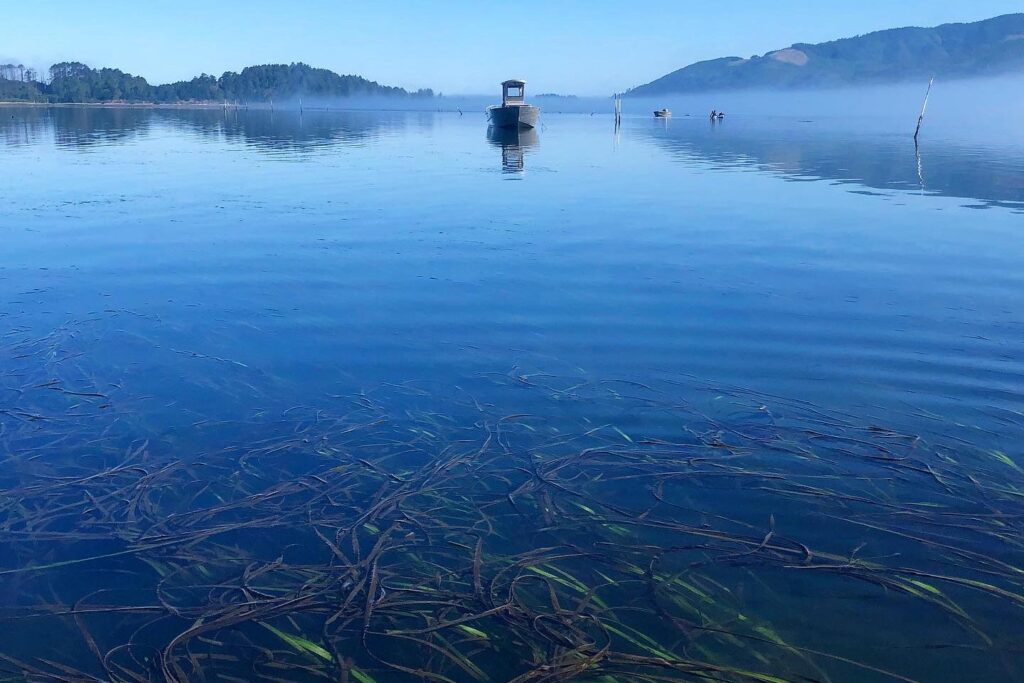
Eelgrass meadows, found in Oregon’s estuaries, are threatened by a combination of pollution, development, warming waters, and invasive species. Less is known about the historic abundance of eelgrass meadows and the losses of eelgrass over the past decade due to a lack of consistent mapping and long term data. In recent years, scientists have reported extreme losses of eelgrass habitat in protected areas of Coos Bay and Yaquina Bay. Studies document mitigation policies in Oregon and the Pacific Northwest more broadly have failed to restore and protect eelgrass resources.
